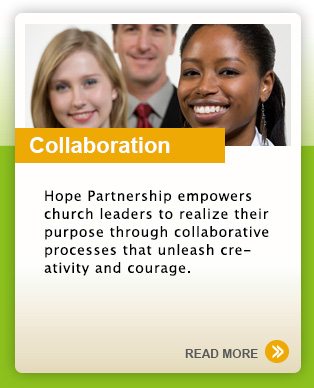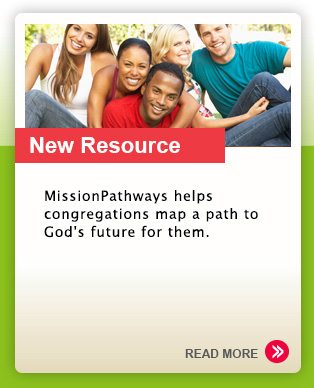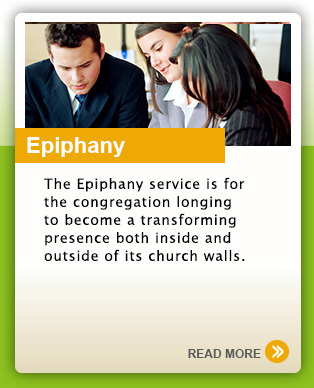Congregations, like all living organisms, follow a similar bell-curve pattern of development. The point at the far left of the curve is the congregation’s origin. Following a congregation’s birth, it grows and matures, and along the way, it adds new people, new programs and new administrative tools. At some point, a congregation reaches “maturity” — the point at which it begins to fulfill the vision named in the early days of the church’s life. This is when we might say a church is “running on all cylinders.” Looking back, we might be inclined to call this period of maturity the “glory days” of a congregation — the sanctuary was full, the classrooms were bustling with activity, the committees were functioning to their fullest.
But shortly after a congregation reaches this point of maturity, it often takes its eyes off the vision for the new future ahead of it. Churches become content and don’t see the gradual decline that begins to take place. They may seek out temporary (or technical) fixes to regain the maturity they once had. They may hire a youth pastor in an effort to “replace the young people” who have left. Or, they may start a second worship service, with the hope that the sanctuary will fill up again. Often, these efforts are done with the expectation that the church will once again return to the maturity of its “glory days.” People express their desire for the church to “get back to” the ministry it once had.
Experience shows that once a congregation has begun to decline in both participation and energy, it becomes nearly impossible to return to any previous point on the lifecycle. Instead, what is required is the birth of an entirely new lifecycle. This requires a congregation to make a bold decision for its future.
The New Beginnings Assessment Service is designed to help a congregation make that bold decision. A decision of this magnitude takes a special set of assessment tools and conversations. It also helps to have a compassionate set of outside eyes to help the congregation see its situation anew. This is Hope Partnership’s role in the New Beginnings process.




